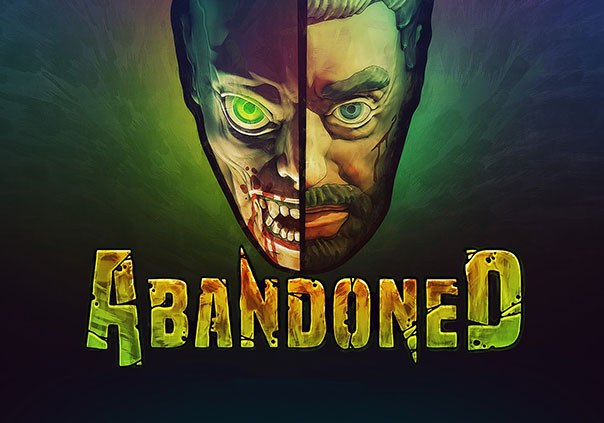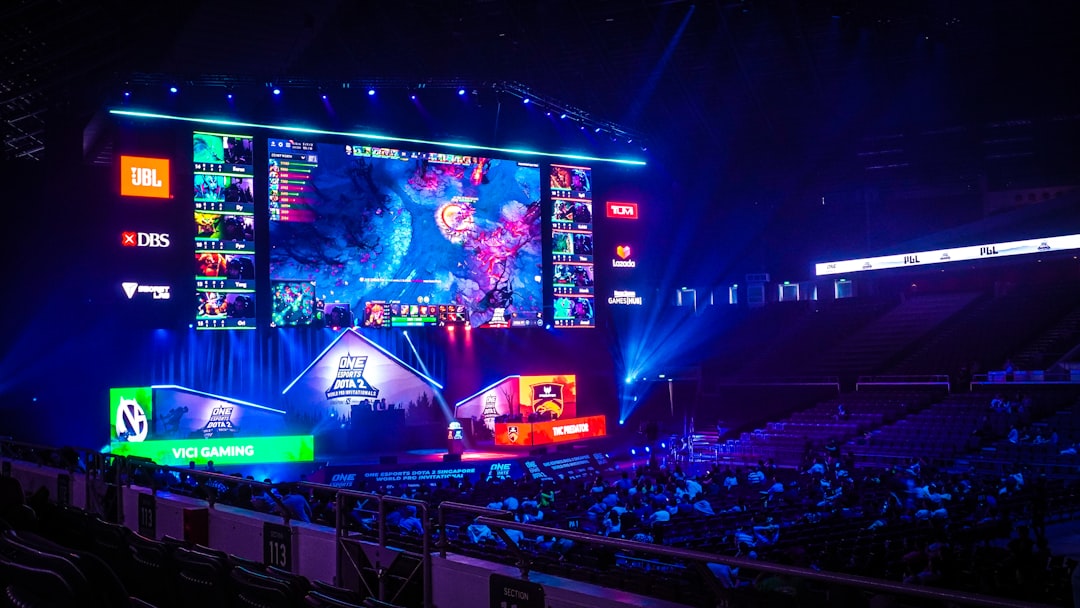The Modern Game Release: Not an End, But a Beginning
In the ever-evolving landscape of the Gaming Industry, the concept of a “game release” has fundamentally transformed. Gone are the days when a game shipping on a cartridge or disc was the final word—a finished, immutable product. Today, a game’s launch is merely the first step in a long, often unpredictable journey. This lifecycle is shaped by developer updates, shifting player expectations, and, most fascinatingly, the direct intervention of the Gaming Community. From the meticulously planned roadmaps of AAA Games to the quiet abandonment of a forgotten mobile title, the post-launch phase is where a game’s true legacy is often forged. This new paradigm sees games as living services, digital artifacts in need of preservation, and sometimes, passion projects resurrected from obscurity by dedicated fans.
This article delves into the complex and multifaceted lifecycle of modern Video Games. We will explore the shift from the “fire and forget” model of Retro Gaming to the continuous development of today’s live-service titles. More importantly, we will analyze what happens when official support ends and a game is left behind. We’ll examine the technical, legal, and cultural implications of community-led revivals, where fans take up the mantle of Game Development to patch, port, and preserve the games they love for modern hardware, from high-end Gaming PCs to the latest mobile devices. This is the story of how a game release is no longer a conclusion, but the start of a dynamic, ongoing conversation between creator and community.
Section 1: The Shifting Paradigms of Game Releases
Understanding the modern game lifecycle requires looking back at its evolution. The journey from static, physical media to dynamic, digital ecosystems has redefined what players expect and how developers operate. This shift has created distinct eras of game releases, each with its own technology, business model, and community relationship.
From “Gold Master” to the Day-One Patch
In the golden age of Console Gaming, epitomized by platforms like the NES and PlayStation, a game going “gold” meant the master copy was finalized and sent for manufacturing. There were no second chances. A bug or a design flaw shipped with the game was permanent, a part of its history. This era of Gaming History placed immense pressure on quality assurance. However, with the proliferation of internet connectivity for consoles like the Xbox 360 and PlayStation 3, the “day-one patch” became standard practice. Developers could now fix critical bugs, tweak balance, and even add content post-launch. While a valuable tool, this also ushered in an era where some games were released in a less-than-finished state, with the expectation that issues would be patched later—a trend that has generated considerable debate and is a frequent topic in PlayStation News and Xbox News.
The Live-Service Revolution and Early Access
The modern era is dominated by the live-service model, where the initial release is just the foundation. Games like Fortnite, Valorant, and Apex Legends are in a perpetual state of evolution, with constant updates, seasonal content, and balance changes driving player engagement and revenue. This model, often discussed in Fortnite News and Esports News, treats the game as an ongoing service rather than a one-time purchase. Simultaneously, the rise of platforms like Steam has popularized the Early Access model, particularly for Indie Games. This allows developers to release an in-development version of their game, gathering funds and invaluable community feedback to shape the final product. It’s a form of transparent, collaborative Game Design that can build a loyal following long before the “1.0” release.
-660.webp)
The Inevitable Sunset: When Official Support Ends
However, not every game is a perpetual success. For countless titles, especially in the volatile Mobile Gaming market or niche PC genres, the lifecycle eventually ends. This can happen for various reasons: the studio is restructured or laid off, the publisher shifts focus, the player base dwindles, or the servers become too expensive to maintain. The game is “sunsetted”—removed from sale, its online services shut down. For players who invested time and money, this can feel like a betrayal. But for some games, this is not the end. It is the moment the community steps in.
Section 2: The Unofficial Lifecycle: Community-Led Revivals
When a developer abandons a game, a void is created. For titles with a dedicated fanbase, this void is often filled by the players themselves. Armed with passion, technical skill, and modern tools, these communities take on the monumental task of preserving and modernizing their favorite games, creating an unofficial, player-driven chapter in the game’s lifecycle.
The Anatomy of a Fan Revival
A community revival project typically begins with a core group of dedicated fans on platforms like Discord or GitHub. Their primary goal is often to solve a critical problem preventing the game from being played.
- Compatibility Patches: The most common issue is that an older game no longer runs on modern operating systems or Gaming Hardware. Fans reverse-engineer the code to create patches that allow it to function on Windows 11, the latest Android versions, or with new Graphics Cards.
- Fan-Run Servers: For online-only games, a server shutdown is a death sentence. Technically skilled players often create private, emulated servers to keep the multiplayer experience alive, a common sight for defunct MMORPGs and older MOBA Games.
- PC Ports and Decompilation: In more ambitious cases, communities may decompile a game’s code entirely. This allows for true PC ports of mobile- or console-exclusive titles, adding features like native support for high-refresh-rate Gaming Monitors, unlocked frame rates, and compatibility with modern Gaming Peripherals like Gaming Keyboards and Gaming Mice.
- Content Restoration and Mods: Beyond simple preservation, these projects often evolve into full-blown enhancements. Game Mods may restore cut content, improve graphics, or add entirely new features, extending the game’s life far beyond its original scope.
Case Study: The Preservation of a Classic RPG
Consider a beloved RPG Game from the early 2000s, originally released on PC. Over time, its publisher dissolved, and the game became incompatible with modern systems. Its CD-ROM-based copy protection failed on new versions of Windows, and its low-resolution graphics looked dated on 4K monitors. A community project formed with a clear mission:
- First, they developed a “no-CD” patch and a compatibility fix, making the game playable again.
- Next, programmers in the community created a widescreen patch and high-resolution texture packs, adapting the game for modern Gaming PCs.
- Finally, they built a comprehensive modding tool, allowing other players to create new quests, characters, and items.
Today, this game is more vibrant than ever, thanks entirely to its community. It’s a testament to how fan-led efforts can not only preserve but enhance a game, ensuring its Gaming Culture and legacy endure for a new generation of players.
Section 3: The Technical and Legal Labyrinth
Reviving a game is not as simple as wanting it to work. Community developers face a daunting array of technical challenges and navigate a precarious legal gray area. Their work, while driven by passion, exists at the intersection of preservation and intellectual property law.

The Herculean Technical Task
Bringing a dead game back to life is a masterclass in reverse engineering. Developers often work without access to the original source code or assets, which might have been built in proprietary versions of engines like Unity or Unreal Engine. They must deconstruct the compiled game executable—a process akin to re-creating a blueprint from a finished building. This involves:
- Debugging and Disassembly: Using specialized tools to read the game’s machine code and painstakingly translate it back into a human-readable format.
- Hardware and API Abstraction: Older games were built for specific hardware and graphical APIs (like DirectX 9 or older versions of OpenGL). Fan developers must write new code that translates these old commands for modern Graphics Cards and operating systems.
- Network Protocol Emulation: For online games, developers must analyze the network traffic between the original game client and server to replicate the server’s behavior from scratch. This is a common challenge in keeping old Competitive Gaming titles like classic FPS Games or Strategy Games alive.
These tasks require deep expertise and countless hours of volunteer work, highlighting the incredible dedication within these communities.
Navigating the Legal Minefield
The biggest shadow looming over any fan project is the law. A game’s code, art, and music are the intellectual property (IP) of the publisher or developer. Distributing this content without permission is copyright infringement. Fan projects exist in a precarious legal space, with their survival often depending on the IP holder’s tolerance.
- The Line Between Patch and Piracy: Most successful projects avoid legal trouble by distributing only their own original code. They release a patch or a new executable that requires users to own a legitimate copy of the original game. This separates the fan-made improvements from the copyrighted assets.
- Cease and Desist Orders: Some companies, protective of their IP or planning their own remasters, are quick to shut down fan projects with legal threats. The community behind a fan-made Chrono Trigger sequel and numerous Nintendo-related fan games have famously faced this issue.
- Publisher Tacit Approval: Conversely, some publishers see the value in these projects. They foster goodwill, keep a brand relevant, and cost the company nothing. By turning a blind eye, they allow the community to act as volunteer caretakers for their back catalog.
This legal uncertainty means that even the most promising fan revival can be shut down in an instant, a constant risk for those involved.
Section 4: Best Practices and the Future of Game Preservation
The dynamic between official developers and fan communities is evolving. As the industry matures, there is a growing conversation around how to best preserve gaming’s rich history and ensure that games remain accessible for years to come. This involves a shared responsibility between creators and their communities.

Recommendations for Developers and Publishers
Instead of viewing fan projects as a threat, companies can embrace them as a sign of a passionate, enduring legacy.
- Release Source Code: For older, non-commercially viable titles, releasing the source code can be a transformative act of goodwill. It gives communities the official tools they need to preserve and improve the game legally. id Software famously did this with games like Doom and Quake, leading to a thriving modding and porting scene.
- Official Mod Support: Building robust modding tools from the start, as Bethesda does with The Elder Scrolls and Fallout series, empowers the community and vastly extends a game’s lifespan and appeal.
- Communicate Clearly: If a game’s servers are being shut down, provide advance notice and, if possible, release a final patch that enables peer-to-peer or LAN play. This respects the player investment and provides a path forward.
Tips for Community Project Leaders
For fan projects to succeed and avoid legal pitfalls, they should operate with professionalism and respect for the original creators.
- Require Proof of Ownership: Always design your patches or mods to require the user to have a legally purchased copy of the game. Do not distribute the full game.
- Maintain Open Communication: Be transparent about your goals. A project aimed at preservation is viewed more favorably than one that tries to compete with the IP holder.
– Focus on Enhancement, Not Replacement: Frame the project as a way to enhance the original experience for modern systems, not as a replacement for an official product.
Conclusion: A Shared Legacy
The lifecycle of a modern video game is no longer a simple, linear path from development to release. It is a complex, circular journey that often continues long after the original creators have moved on. The rise of live services has conditioned players to see games as evolving entities, while the passion of the Gaming Community has proven that no game ever has to truly die. Community-led revivals, born from a love for classic Game Design and a desire for preservation, represent a powerful force in the industry. They are a testament to the enduring impact of Video Games on our culture. As technology advances, the collaboration between developers and players—whether official or unofficial—will be the key to preserving gaming’s history and ensuring that the virtual worlds we love remain accessible for generations to come. The release is just chapter one; the community often writes the rest.











